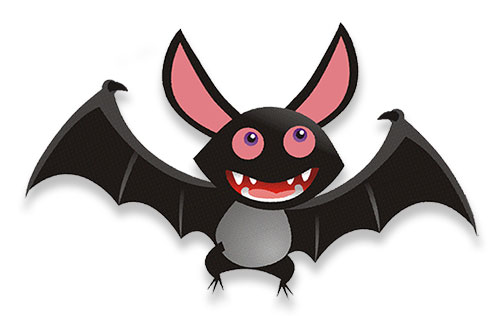

But Carter highly recommends getting a rabies shot, should you discover you’ve become a meal. Since they only consume about a tablespoon of blood, an adult human is more than capable of surviving a vampire bat feeding. “She just woke up and found a little bloody mark on her foot.” “I know someone who was fed on by a vampire bat and wasn’t aware of it,” said Carter. Sleep outdoors in vampire bat territory, and your limbs are fair game. That said, vampire bites will take a bite out of humans if given the chance. Photo courtesy Bat Conservation International/J. The common vampire bat tends to feed off mammals like cows, pigs and horses, while white-winged and hairy-legged vampire bats primarily feed on birds like sleeping chickens.Ī pair of white-winged vampire bats feed on the foot of a chicken. But for the most part, they stick to livestock and birds. According to Gerald Carter, a vampire-bat scientist with Smithsonian’s Tropical Research Institute, they bite porcupines, armadillos, snakes, sea lions and even penguins. Vampire bats can feed on almost any type of animal. Humans aren’t their first choice for a meal. Vampire bats were first officially described in scientific literature in 1810 and documented by Darwin in 1839, but it was the 1897 release of Bram Stoker’s Dracula that solidified a relationship between vampires and bats in western culture. “Rather than Dracula, people worried about the dead rising and haunting people,” she said, adding that people would open graves and put a stake through the hearts of dead bodies or cover faces, if the corpses were suspected of “causing trouble.” Vampire mythologies existed in various cultures around the world long before before vampire bats got their name.įormer bat researcher Micaela Jemison, who heads up communications for Bat Conservation International, recently traveled to the historic Transylvania region in Romania. The bats were named after vampires, not the other way around. And because of their high protein diet, vampire bat researchers can locate roosts by the pungent ammonia aroma produced by their feces.

Residing in Central and South America, these are also the only bats who consume blood - and only blood - for food and water. Only three of the more than 1,300 bat species in the world are vampire bats: the common ( Desmodus rotundus), the white-winged ( Diaemus youngi) and hairy-legged ( Diphylla ecaudata) vampire bats. Here are seven things you may not have known about these creatures. Long before Spanish Conquistadors and Christopher Columbus returned to Europe with stories of blood-sipping bats, European communities were telling tales of undead monsters called vampires.īut the vampire bat itself is hardly the agent of evil its association with Dracula would suggest.


 0 kommentar(er)
0 kommentar(er)
